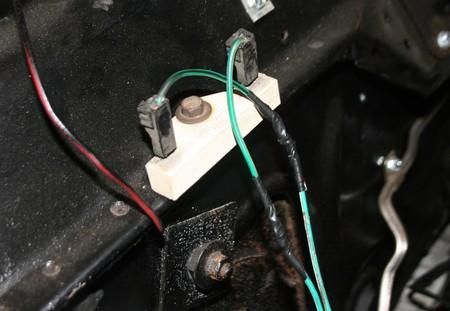sflasal
NAXJA Forum User
- Location
- Broward County FL
After figuring out ( in a large part through NAJXJA you guys ROCK! ) that my starts but wont run issue is most likely a Ballast Resistor gone bad, I set out to buy a replacement. I've searched high and low locally NAPA,
Benet, AutoZone, Advanced Auto, even the Jeep Stealership, er Dealership's Parts Department and no one has one. No one can even tell me where to get one.
Since I cant find the part, I'm going to jumper around it. Problem with that is, I'm not 100% certain what my Ballast Resistor looks like :dunce:
Is this the ballast resistor

Benet, AutoZone, Advanced Auto, even the Jeep Stealership, er Dealership's Parts Department and no one has one. No one can even tell me where to get one.
Since I cant find the part, I'm going to jumper around it. Problem with that is, I'm not 100% certain what my Ballast Resistor looks like :dunce:
Is this the ballast resistor


